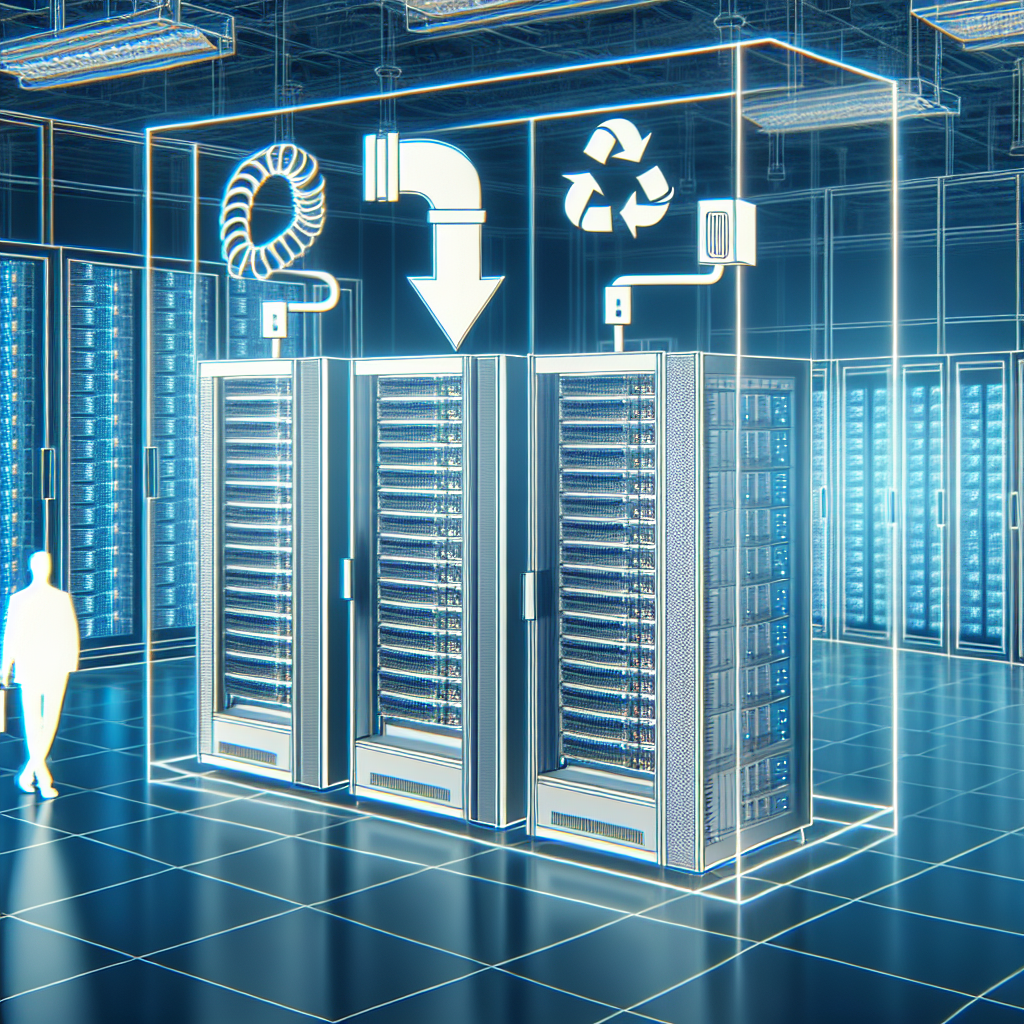Your cart is currently empty!
How Data Centers are Reducing Carbon Footprint Through HVAC Upgrades

Data centers play a crucial role in the digital age, serving as the backbone of the internet and housing the servers that store and process massive amounts of data. However, these data centers also consume a significant amount of energy, leading to a large carbon footprint. In recent years, data centers have been making efforts to reduce their environmental impact by upgrading their HVAC systems.
HVAC systems are essential in data centers to maintain optimal temperatures for the servers and other equipment. These systems typically consume a large amount of energy, making them a major contributor to the carbon footprint of data centers. By upgrading their HVAC systems, data centers can significantly reduce their energy consumption and greenhouse gas emissions.
One way data centers are reducing their carbon footprint through HVAC upgrades is by implementing more energy-efficient technologies. This includes installing variable frequency drives (VFDs) on HVAC motors, which allow the motors to adjust their speed based on the cooling needs of the data center. This can lead to significant energy savings compared to traditional HVAC systems that run at a constant speed.
Another key strategy is improving the overall efficiency of the HVAC system through better insulation, airflow management, and maintenance practices. By ensuring that the HVAC system is operating at its peak efficiency, data centers can reduce their energy consumption and lower their carbon emissions.
Data centers are also exploring the use of renewable energy sources to power their HVAC systems. This includes installing solar panels or wind turbines on-site to generate clean energy for cooling the data center. By using renewable energy sources, data centers can further reduce their carbon footprint and lessen their reliance on fossil fuels.
In addition to these technological upgrades, data centers are also implementing innovative cooling strategies to reduce their energy consumption. This includes using outside air or water sources for cooling instead of relying solely on traditional HVAC systems. By harnessing natural cooling sources, data centers can significantly reduce their energy consumption and decrease their carbon emissions.
Overall, data centers are making significant strides in reducing their carbon footprint through HVAC upgrades. By implementing energy-efficient technologies, improving HVAC system efficiency, and exploring renewable energy sources, data centers are leading the way in sustainable operations. These efforts not only benefit the environment but also help data centers reduce their operating costs and improve their overall sustainability.

Leave a Reply